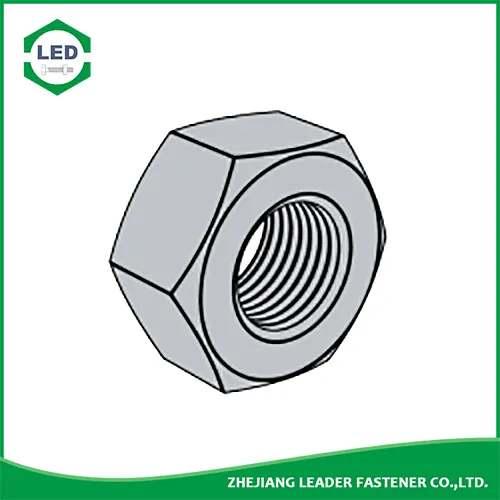What is the difference between a flange nut and a hex nut?
2023-11-24
The primary difference between a flange nut and a hex nut lies in their design and application:

1. Hex Nut:
- A hex nut, also known as a hexagonal nut, is a six-sided nut with an interior threaded hole. It typically requires a wrench or a socket to tighten or loosen it.
- Hex nuts are widely used in various applications, from construction to machinery, where the fastening of bolts or screws is necessary.
- They do not have any additional features or flange attached to them.
2. Flange Nut:
- A flange nut, on the other hand, is similar to a standard hex nut but includes a built-in washer-like flange beneath the nut.
- The flange on a flange nut serves multiple purposes: it acts as a built-in washer, distributing the load over a wider surface area, which can help prevent damage to the surface being fastened.
- This design feature also helps in reducing the risk of the nut loosening due to vibration, providing better resistance to loosening in comparison to a standard hex nut.
- Flange nuts are commonly used in automotive applications, machinery, and situations where there's a need for extra resistance to loosening or where a larger bearing surface is beneficial.
In summary, the primary distinctions lie in the presence of a built-in flange in a flange nut, which provides additional benefits in terms of load distribution and resistance to vibration-induced loosening, compared to a standard hex nut.


